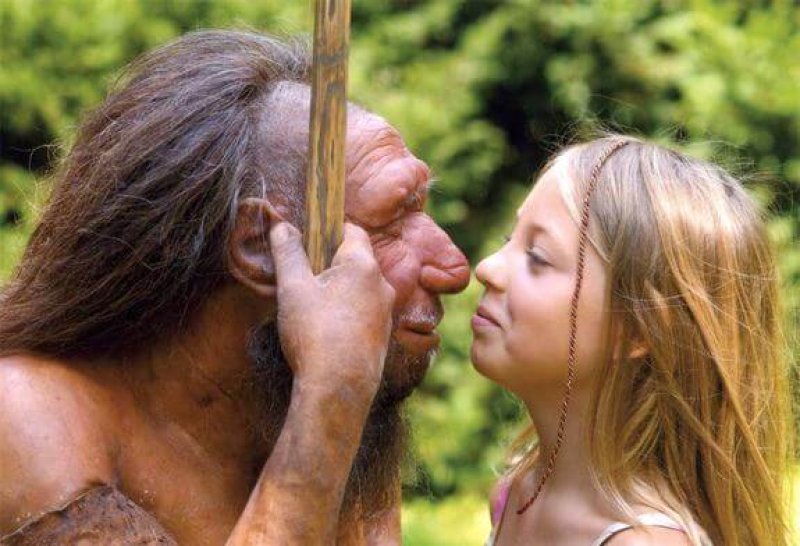The GLP aggregated and excerpted this blog/article to reflect the diversity of news, opinion and analysis.
Neanderthals’ upper jawbones continued growing forwards for years after they were born, explaining the distinctive protruding face shape of this extinct human species.
Unlike modern humans, whose faces remain flat as they grow, Neanderthals had cells in their upper jawbones that continued producing bone tissue throughout their teenage years.
Because other ancient humans and early relatives like the australopithecines (southern apes) had a similarly protruding face, our flatter faces are unique among human species and may have emerged only very recently.
A new study, published in the journal Nature Communications, focused on the upper jawbone of a Neanderthal child who was just under five years old at the time of death.
The fossil was found in 1926 alongside four other skull fragments from the same child at a site in Gibraltar called Devil’s Tower, and is now part of the Museum’s collection.
‘The Devil’s Tower child died close to five years of age and this difference in facial growth from modern humans was already apparent by then,’ says Museum human origins expert Professor Chris Stringer, who was part of the international team of researchers studying the fossils.
‘This research shows how fossils found 90 years ago can still provide crucial information on human evolution through new investigative techniques.’
Read full, original post: Neanderthals’ distinctive face shape explained































